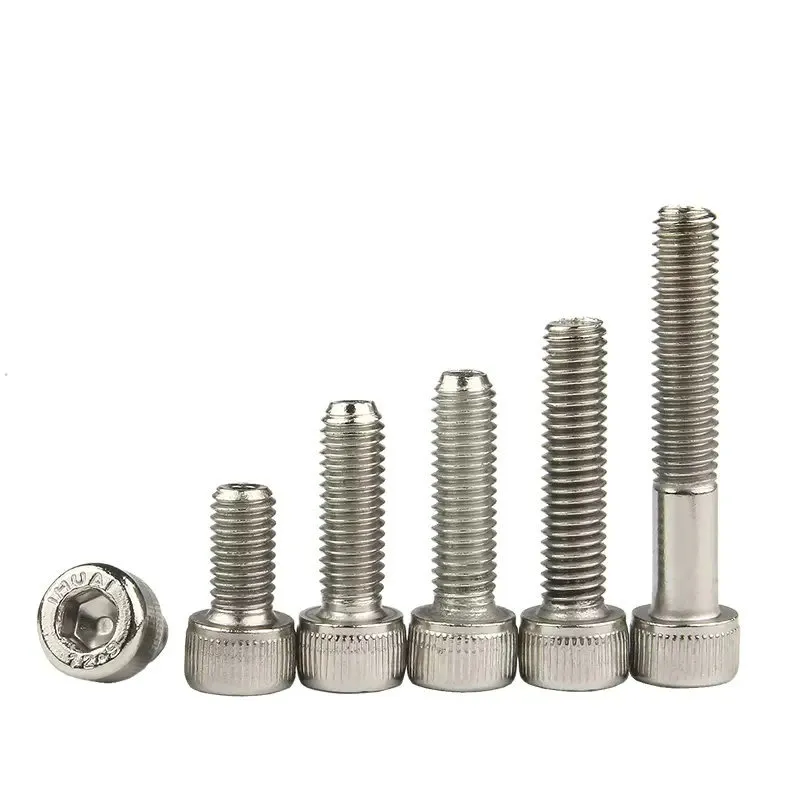

M20 Bolt Specifications and Applications for Various Industries and Projects
Nov . 10, 2024 08:53 Back to list
M20 Bolt Specifications and Applications for Various Industries and Projects
The Significance of T-Bolt M20 in Engineering Applications
In the realm of engineering and construction, the choice of fastening systems is pivotal. One critical component that has gained significant attention is the T-bolt, specifically the M20 T-bolt. These bolts provide a unique combination of strength, versatility, and ease of use, making them a popular choice across various industries, from construction to machinery fabrication.
Understanding T-Bolts
A T-bolt is characterized by its T-shaped head, which allows for secure fastening in a variety of setups. The design is particularly advantageous in applications where space is limited and a flush surface is required. The M20 designation indicates the metric diameter of the bolt, which is 20 millimeters. This size is significant as it provides a robust solution capable of supporting heavy loads while being compact enough to fit within the constraints of many designs.
Key Features and Benefits
1. Robust Design The M20 T-bolt is designed to withstand significant tensile loads. This makes it ideal for applications where strength is paramount, such as in structural connections or heavy machinery installations. The T-bolt’s ability to maintain integrity under stress is crucial in ensuring the safety and durability of a structure.
2. Ease of Installation One of the primary advantages of T-bolts is their ease of use. The T-shaped head allows the bolt to be easily installed into an appropriate slot or channel, providing a simple yet secure fastening method. This design minimizes the risk of cross-threading and ensures quick assembly, which is essential in time-sensitive projects.
3. Versatility M20 T-bolts are suitable for a wide range of applications, from securing furniture to providing structural support in large constructions. Their adaptability makes them a go-to choice for engineers and contractors who require reliable fastening solutions across various materials and configurations.
t bolt m20

4. Resistance to Shear and Vibration The design of the T-bolt helps to distribute loads evenly, which is critical in applications subject to shear and vibration. For instance, in industrial machinery, where constant movement can lead to loosening of fasteners, T-bolts can provide a more reliable connection compared to traditional bolts.
5. Corrosion Resistance Many M20 T-bolts are manufactured with corrosion-resistant coatings or are made from stainless steel. This is particularly important in outdoor construction or marine environments, where exposure to moisture and other harsh conditions can compromise the integrity of standard bolts.
Applications of M20 T-Bolts
Given their many advantages, M20 T-bolts find applications in a variety of fields
- Construction In building frameworks, T-bolts can secure beams and columns, ensuring structural integrity and safety. - Furniture Manufacturing The simplicity of T-bolts makes them ideal for assembling cabinetry and office furniture, providing a combination of aesthetics and stability. - Automotive Industry In vehicles, T-bolts are often used to assemble components that require precise alignment and secure fastening that can withstand vibrations. - Machinery and Equipment Heavy machinery relies heavily on strong, reliable fasteners like the M20 T-bolt to ensure that operational components remain secured during vigorous activity.
Conclusion
The M20 T-bolt serves as an exemplary solution in various engineering applications, combining strength, versatility, and ease of installation. Its unique features cater to the demanding needs of construction, manufacturing, and machinery assembly, making it an indispensable component in modern engineering. As industries continue to evolve and demand higher standards of safety and efficiency, the importance of reliable fasteners like the M20 T-bolt will only continue to rise, highlighting the need for quality materials and innovative engineering solutions. Whether in a simple furniture design or a complex structural project, the M20 T-bolt stands as a testament to the powerful role of effective fastening systems in ensuring both functionality and safety.
Latest news
-
High-Strength Hot Dip Galvanized Bolts - Hebei Longze | Corrosion Resistance, Customization
NewsJul.30,2025
-
Hot Dip Galvanized Bolts-Hebei Longze|Corrosion Resistance&High Strength
NewsJul.30,2025
-
High-Strength Hot-Dip Galvanized Bolts-Hebei Longze|Corrosion Resistance&High Strength
NewsJul.30,2025
-
Hot Dip Galvanized Bolts-Hebei Longze|Corrosion Resistance&High Strength
NewsJul.30,2025
-
Hot Dip Galvanized Bolts - Hebei Longze | Corrosion Resistance, High Strength
NewsJul.30,2025
-
High-Strength Hot Dip Galvanized Bolts-Hebei Longze|Corrosion Resistance, Grade 8.8
NewsJul.30,2025

